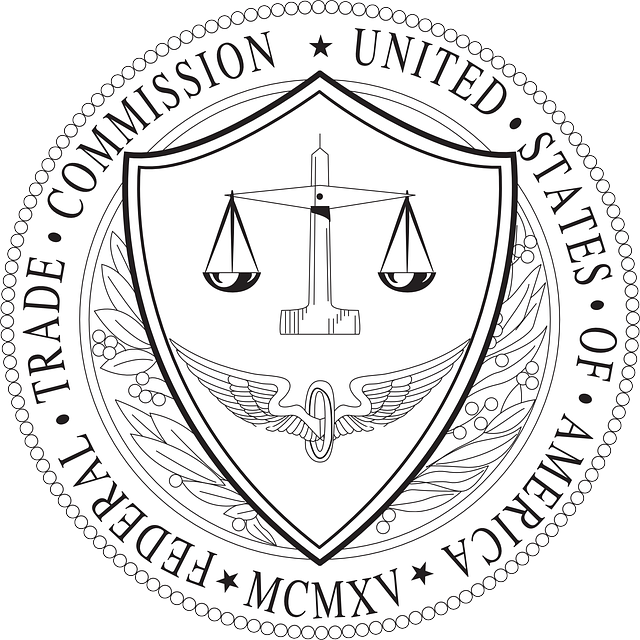What's the Best Time to Trade Crypto in 2024?
Author: Jameson Richman Expert
Published On: 2024-10-22
Prepared by Jameson Richman and our team of experts with over a decade of experience in cryptocurrency and digital asset analysis. Learn more about us.
The world of cryptocurrency trading is both exhilarating and complex, with prices fluctuating rapidly and the sentiment around digital currencies evolving just as quickly. As we navigate through 2024, many traders are seeking to maximize their investments by determining the best times to trade. In this article, we will explore crucial factors influencing trading times and provide insights to help you make informed decisions.

Understanding Crypto Market Behavior
Before diving into the specifics of timing your trades, it’s essential to understand the underlying behavior of the crypto market. Unlike traditional financial markets, cryptocurrency markets operate 24/7, meaning traders have the flexibility to buy and sell at any time. However, this constant activity does not mean that all trading times are equally advantageous.
Market Volatility: The Double-Edged Sword
Volatility is a hallmark of cryptocurrency trading. While it offers the potential for significant profits, it also presents a considerable risk of losses. Understanding the cyclical nature of market volatility can provide insights into optimal trading times.
- The Volatility Cycle: Cryptocurrencies often experience price surges during specific hours of the day or certain events (such as announcements/news). Traders should analyze historical data to identify these patterns.
- Trading Volume: Higher trading volumes generally lead to greater volatility. The best times to trade may coincide with peak trading hours, when major exchanges experience the highest activity.
Key Time Zones and Trading Hours
Understanding the global nature of cryptocurrency trading will also help you discern when to trade. Different regions have varying peak trading hours, and aligning your trading strategy with these can yield better results.
1. Asia: The Early Bird
Asian markets, especially those in China and Japan, play a significant role in crypto trading. Trading generally sees an uptick during the Asian business hours, which may be from midnight to 9 AM UTC. This period often witnesses increased activity, especially for cryptocurrencies like Bitcoin and Ethereum.
2. Europe: The Mid-Morning Surge
As the day progresses to Europe, typically between 9 AM and 5 PM UTC, trading volumes can rise significantly. The European markets are often influenced by local news, regulations, and economic indicators, making this a potentially lucrative trading window.
3. North America: The Evening Boom
Trading in North America usually peaks from 2 PM to 9 PM UTC. Given the size and influence of the U.S. market, many traders often watch for major news releases and events that could affect trading patterns during this time.
4. Weekend Trading: A Different Landscape
While many traditional markets close for the weekend, the cryptocurrency market remains active. However, trading volumes tend to drop, leading to unpredictable price movements. Weekends can be a double-edged sword; while there may be opportunities for profit, the risks also increase.
Analyzing Historical Data: Lessons from the Past
One of the most effective ways to determine the best time to trade cryptocurrencies is to analyze historical data. The crypto market has patterns that, when studied, can yield insights into future price movements.
Identifying Patterns
By studying historical price movements and trading volumes, traders can identify specific times when prices have either surged or dipped. For example, strong performances are often tied to major news announcements, regulatory changes, or strategic partnerships within the cryptocurrency space.
- News Impact: New developments regarding regulations or breakthroughs in technology can lead to heightened trading activity.
- End-of-Month Trends: Many traders close or adjust positions at the month's end, creating increased volatility.
Technical Indicators and Trading Signals
Traders often use technical indicators like Moving Averages, Bollinger Bands, and Relative Strength Index (RSI) to make informed decisions regarding when to open or close positions. Understanding these indicators and how they correlate with time can enhance trading strategies.
The Importance of Timing Strategies
Having a trading strategy that factors in timing can significantly influence your trading success. Employing disciplined risk management techniques is crucial, especially in a volatile market like cryptocurrency.
Day Trading vs. Swing Trading
Deciding on a trading approach will often dictate the optimal times to engage with the market. Day trading strategies typically require more immediate and reactive decision-making based on intraday price movements.
- Day Trading: Day traders will focus on the best hours with high volatility to capitalize on quick price movements. Typically, the overlap of active trading hours in Asia and Europe can offer substantial opportunities.
- Swing Trading: Swing traders might analyze longer-term trends, often holding positions for days or weeks, thereby allowing for more flexibility in timing.
Automated Trading Robots and AI
In the era of technological advances, automated trading bots and AI systems have emerged. These technologies analyze past market data and execute trades based on pre-defined criteria. Understanding when these bots are active and how they respond to market conditions can provide another layer of timing strategy.

Timing and Psychological Factors
Timing is not only about analyzing data but also about managing your psychology as a trader. The human element can often disrupt perfectly laid strategies.
Emotional Trading: A Common Pitfall
In a volatile market, emotions can run high. Fear of missing out (FOMO) or panic selling can lead to poor decisions. Understanding the psychological triggers that affect trading can help you stay disciplined.
- Set Goals: Clearly define your trading goals and stick to your plan irrespective of market fluctuations.
- Mindful Trading: Practice mindfulness techniques to keep your emotions in check during high-pressure trading sessions.
Avoiding Overtrading
One critical mistake many traders make is overtrading. Jumping into uncertain trades can lead to significant losses. Timing your trades means knowing when to act—and equally when to step back.
Final Considerations: What’s the Best Time to Trade Crypto?
So, what does all this mean for crypto traders? As we approach 2024, the landscape continues to evolve, influenced by various factors ranging from technological advancements to changing regulatory environments. The best time to trade depends on a blend of factors, including market conditions, historical patterns, and personal trading goals.
Flexibility and Awareness
Remember, the dynamics of the crypto market can shift unexpectedly, so remaining flexible and aware of global economic happenings is essential. Continually educating yourself and adapting your strategies to current conditions can maximize your trading success.
In Conclusion
Timing your trades can be as crucial as the trades themselves. By understanding market behavior, analyzing historical data, and implementing effective trading strategies, traders can enhance their potential for success in the ever-evolving world of cryptocurrency.
Ultimately, the best time to trade crypto is a blend of keen market insight, timely execution, and a well-planned trading strategy.